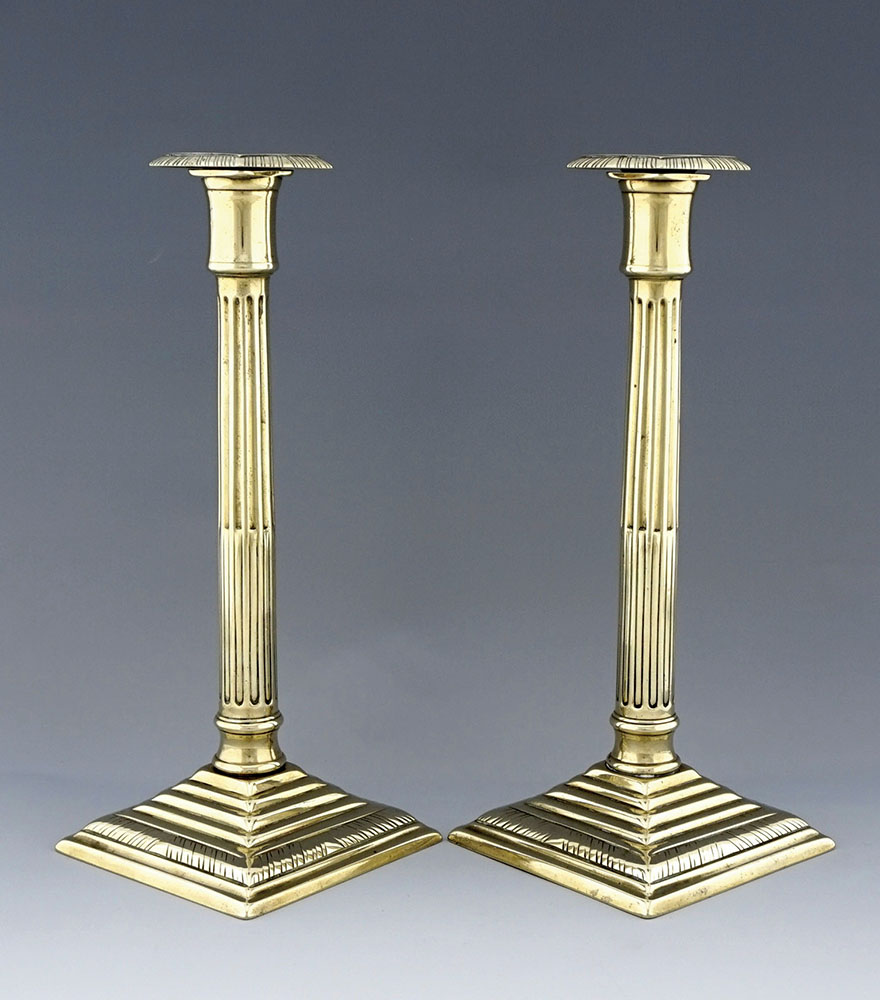Transnational exchange of metallic commodities during the Era of the Canton Trade
During the decades preceding the Qing empire’s forced opening to the West in 1842, Canton (Guangzhou) was the only port open for foreign trade. The Sino-Western relations had mainly evolved around trades through Canton from 1700 to 1842, a period known as the ‘Era of the Canton Trade’. Scholarship of the Canton Trade focuses mainly on the trade of tea, porcelain, and silk, yet the commercial exchange of precious and semi-precious metallic items has been largely ignored. During the 18th and 19th centuries, large quantities of manufactured goods made of silver, gold, tutenag, paktong, lead, tin, as well as the raw materials, were exported from Canton to Southeast Asia, Europe, and the Americas. Based on archival records, including journals and logbooks, and archaeological discoveries from shipwrecks, this essay examines the overlooked metallic items that embodied the commercial vitality and momentum of the transnational trade.
In 1684, the Qing court lifted the ban on maritime trade, reinitiating commercial exchanges with the outside world. Canton, located at the southeast tip of China’s coastal line, gradually grew into one of the most important port cities of the 18th and 19th centuries, an era that witnessed the emergence of the transnational trading networks. The flourishing maritime trade left a rich body of materials that offers scholars the opportunity to look into every aspect of the Canton Trade, ranging from studies on companies and merchants to that of trading routes. The trading commodities have long been the subject to extensive research. However, most studies are concentrated on tea, silk, and porcelain. Metallic objects are largely ignored. In the second half of the 20th century, H.A. Crosby Forbes and his colleagues raised the awareness of export metallic artifacts through their breakthrough research into what was then termed ‘Chinese export silver’.1 Nevertheless, metallic commodities other than silver have yet to be studied systematically.
When conducting my post-doctoral project ‘Trading Metals in Canton’, in collaboration with Professor Paul A. Van Dyke, a renowned expert on the Canton Trade, I started to pay attention to the trade of gold with Spanish silver coins. Gold ingots were recovered from a number of shipwrecks, including the ‘Nanking Cargo’ in Amsterdam. These ingots are impressed with marks, such as yuanji 元記 that denotes the maker’s name, and numerals such as shiliang 十兩 that stands for weight and value.

Fig. 1: A pair of candlesticks in the fluted pillar style, made of Chinese paktong but probably manufactured in Britain, ca. the late 18th century. Courtesy of HUANG Chao.
Besides gold and silver, objects made of tutenag and paktong also constitute a significant portion of export metallic commodities. Tutenag is now widely accepted as zinc, thanks to the study by Alfred Bonin.2 The 18th-century shipwrecks of the English East India Company uncovered tutenag items that were recorded as ballasts in the Company’s journals and logs. Laboratory tests show that the composition of these tutenag items is comparatively pure zinc. Paktong, or ‘white copper’, a kind of copper-nickel or copper-nickel-zinc alloy, is usually made into candlesticks (fig.1). Not only were the paktong products exported to Europe, but the technique of manufacturing paktong items was also transmitted to the West, as demonstrated by some 18th century lab notebooks on paktong discovered in England and Sweden. Lead, tin, and iron were usually regarded as ballast cargoes or kentledge that were used to improve the ship’s stability while sailing at sea. Commodities made of these metals were much smaller in scale. Pure copper was often imported from Japan to Canton by the European traders. Metallic commodities, though not a common topic of research, did play a significant role in the exchanges between China and the West. I hope this short essay can stimulate more interest in the transnational exchange of metallic commodities.
HUANG Chao is an Associate Professor at the Institute of Sino-Foreign Relation History, Jinan University, huangchao@jnu.edu.cn